What is Wing Chun Kung Fu?
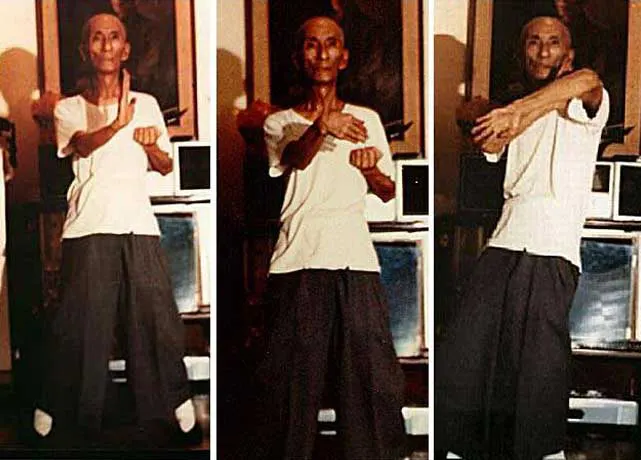
Great Grandmaster Yip Man
Wing Chun is a martial art system developed 300 years ago by Buddhist nun, Ng Mui. It contains three empty hand forms, two weapons forms, a wooden dummy form and a partnered exercise called Chi Sau (Sticking Hands). Each form develops a unique set of skills and promotes efficient and powerful movement, structural integration of the body, mind force, focus and deep relaxation.
For Wing Chun to be effective in the real world it must be:
- Practical
- Energy Efficient
- Simple and Direct
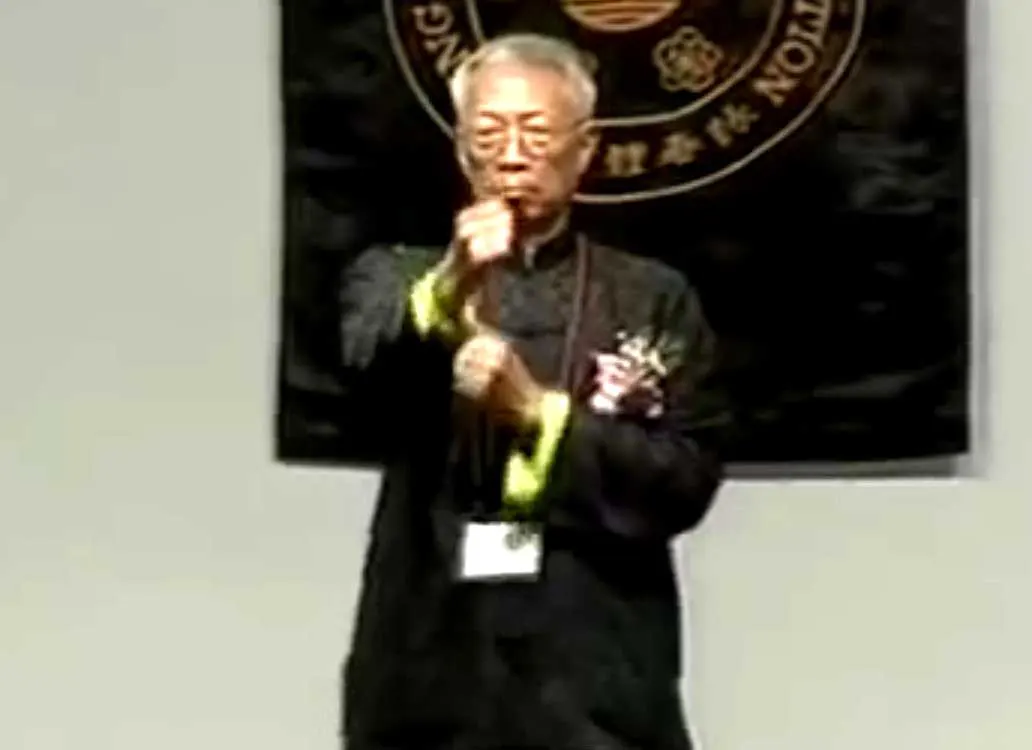
Grandmaster Chu Shong Tin
The wing chun kung fu principles intermingle with each other because every movement in Wing Chun contains these qualities. The system itself is formed from a scientific way of thinking and therefore every movement has a unique function. In the same way that a circle has many functions, so too can the movements in Wing Chun be used in a variety of ways to achieve different effects.
Wing Chun Principles
Practical
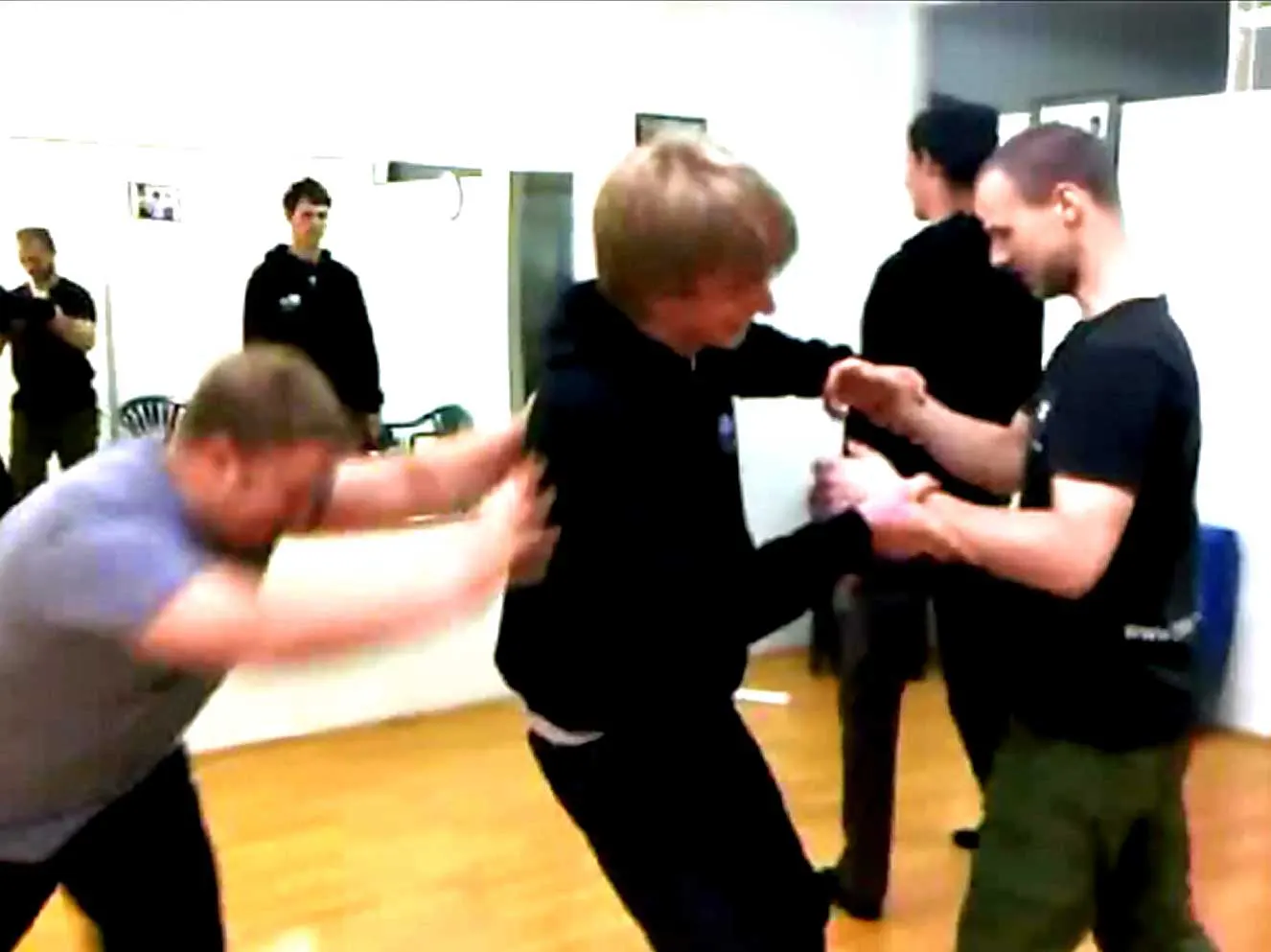
Wing Chun’s Internal Force Generation
For a martial art to be effective in the real world it must be practical. Wing Chun is not about performing fancy movements, instead, it is about developing a set of skills that can be used effectively against bigger and stronger opponents.
Often in martial arts, techniques only work when the student cooperates with the instructor. But in reality, an opponent won’t cooperate with you. So in this respect, it is important that the art actually works in the real world against real opponents who are not cooperating with you.
Energy Efficient
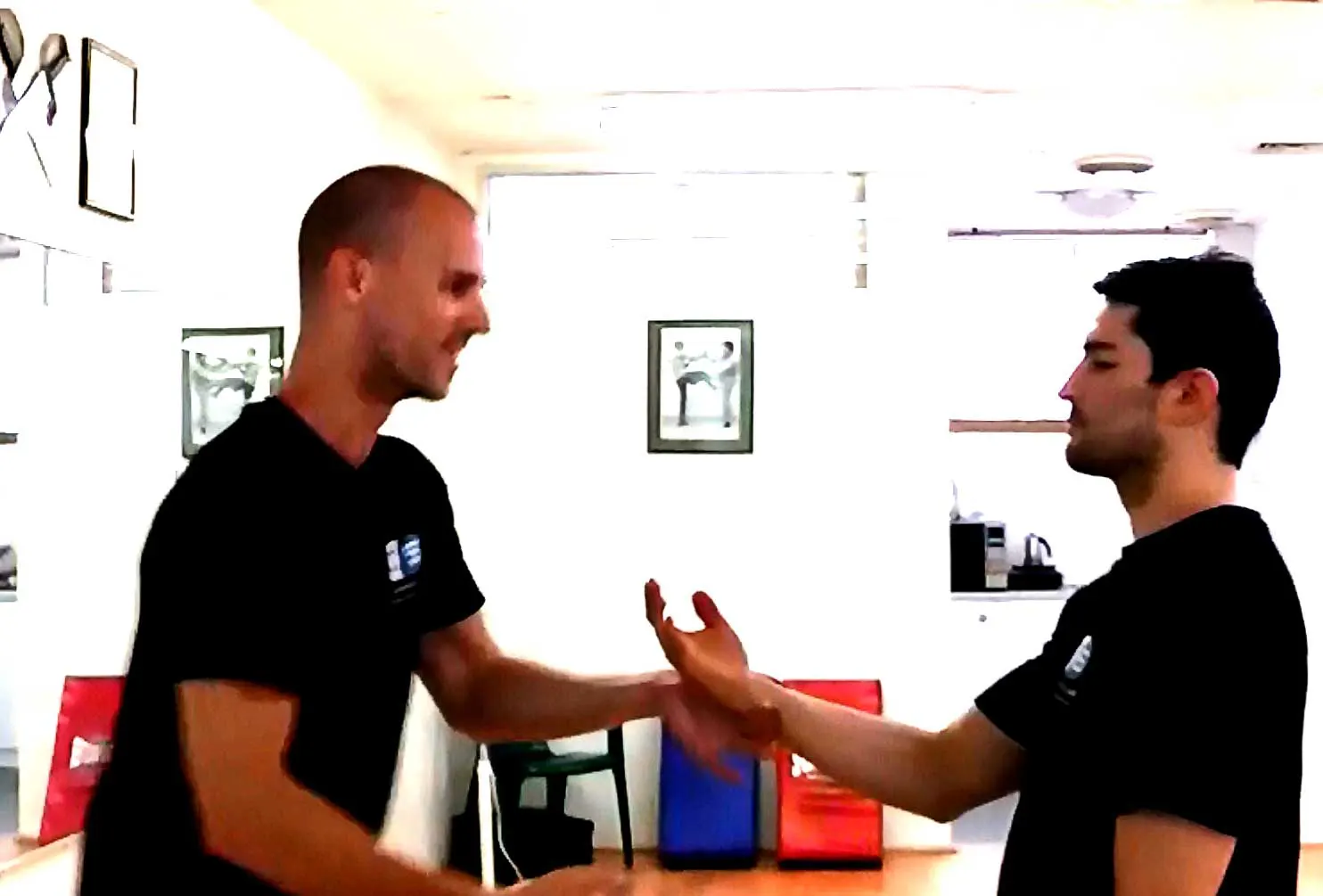
Tan Sau Force Generation
Conserving energy crosses over with the practical principle of Wing Chun. Muscular strength is not needed for the Chu Shong Tin method. Master Chu himself weighed 60kgs and was easily able to handle very strong and big guys. Students learn to move their body mass with relaxation, structure and subconscious control in order to develop internal power ( rather than brute strength) in order to overcome the disadvantage of not being big and strong.
Simple and Direct
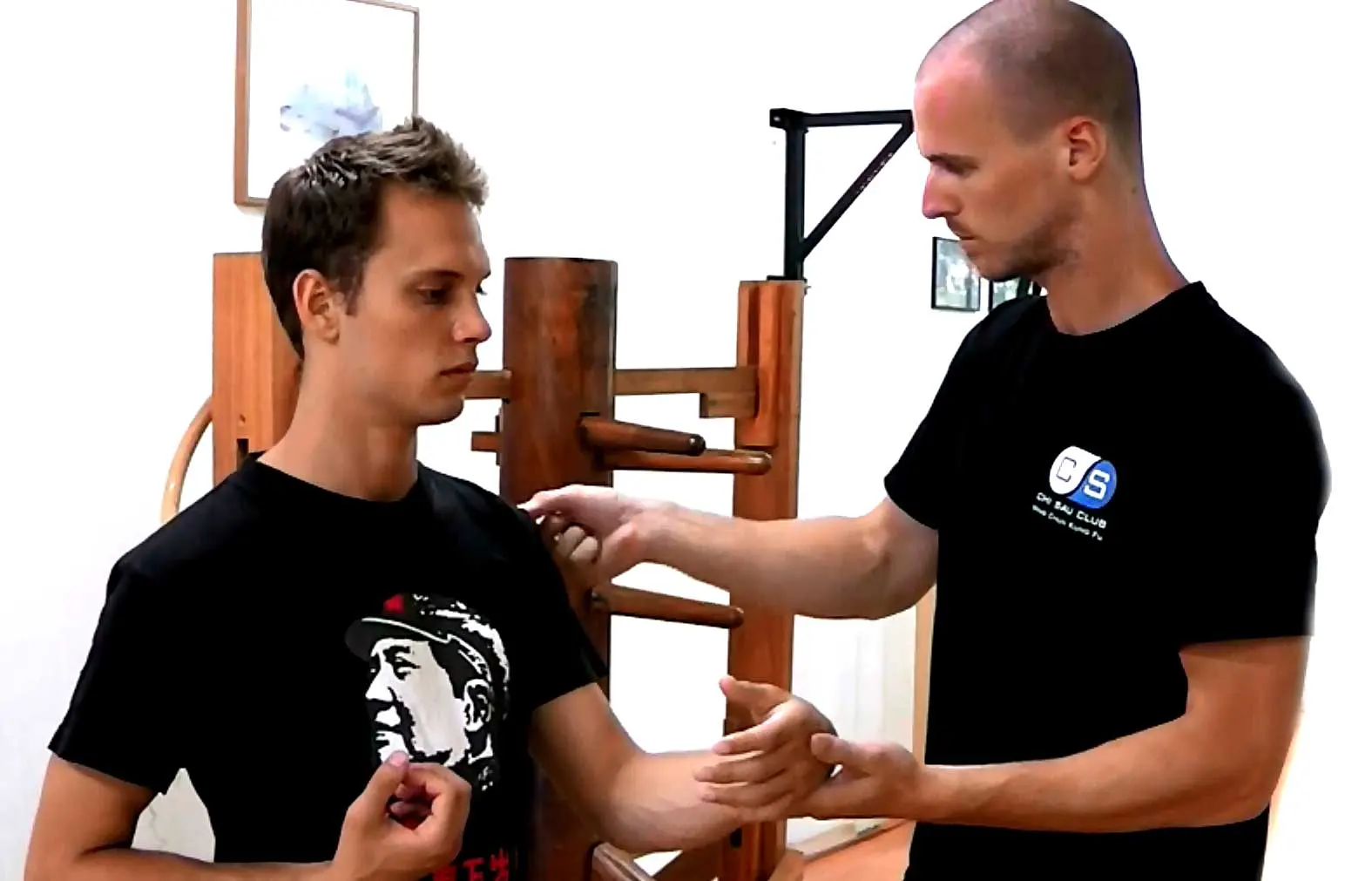
Siu Nim Tao’s Fook Sau Movement
Wing Chun uses circular rotations and straight lines to increase its economy of movement. It is simple and direct in its movements rather than flashy and frivolous. In this respect, the simple and direct movements of Wing Chun have all been created based on simple logic and shapes that serve multiple purposes.
Read INTRODUCTION TO THE WING CHUN MARTIAL ART by Chu Shong-Tin
A student will learn how to use their body weight efficiently in form and Chi Sau (Sticking Hands) practice. The Wing Chun forms teach and train students on how to utilise their body mass in a way that effortlessly works against strong muscular resistance.
Wing Chun is truly an inch wide and a mile deep. On the surface it may seem very simple, but as one explores the depths of the art a sense of wonder begins to grow in a student if they stick to it long enough.
With just a few simple forms, Wing Chun has a small repertoire compared to other martial arts. Therefore, Wing Chun is about refining movements through practice and gradually developing a new and more effective way of moving. In order to gain skills that can never be taken away from you, it is worth perfecting a small repertoire rather than adding countless techniques which prove to be ineffective the real world.
Whilst the surface purpose of Wing Chun is for self-defence, it benefits are much more than that. They include postural alignment, mental clarity, focus, pain reduction in the joints, soft and elastic muscle tone, improved moods, improved circulation, improved general health and an overall sense of real well-being.